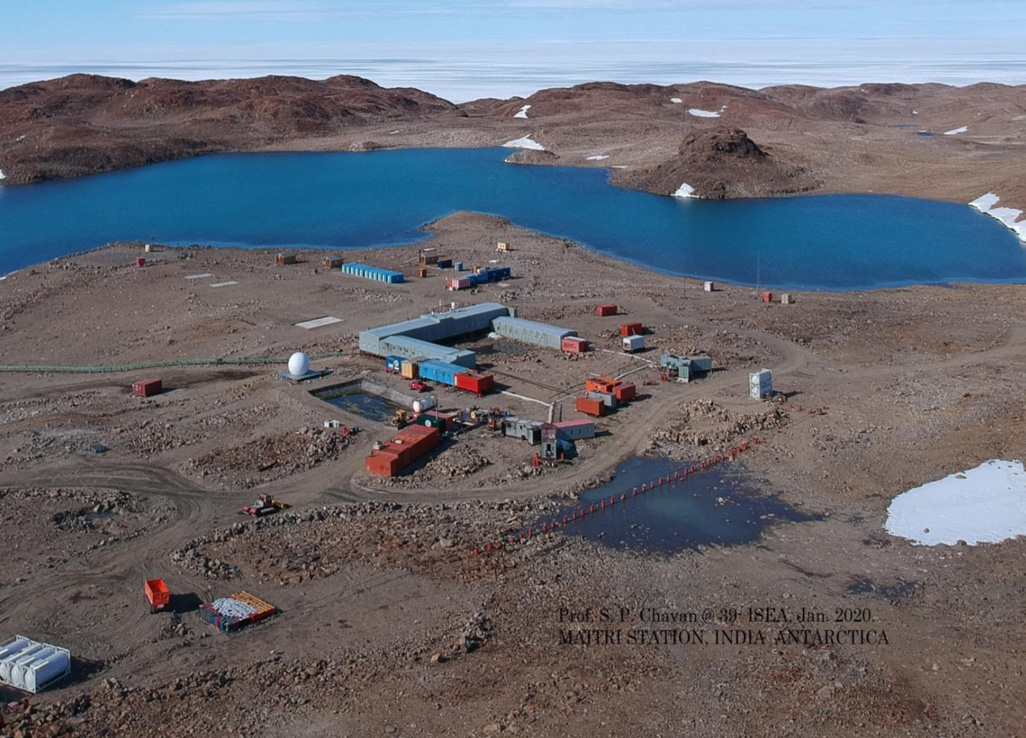NW India’s Unusual Rainfall and Western Disturbances in Early 2020



India is set to embark on a new chapter in its Polar exploration journey with the construction of Maitri II. The Indian government plans to establish a new research station near the existing Maitri ba...
.png )
The Deep Ocean Mission (DOM), approved by the Government of India in 2021 under the Ministry of Earth Sciences (MoES), represents a strategic step in realizing Sustainable Development Goal 14 (SDG 14:...

China recently announced restrictions on the export of seven rare earth elements (REEs), soon after US President Donald Trump decided to impose tariffs. As the world's dominant supplier—responsible fo...
<p>The capital of Delhi along with north-western plains of India witnessed heavy showers in the months of February and March 2020. These regions had also witnessed unusually cold months in November-De...
<p>During winter, the atmosphere surrounding the Arctic region astonishingly becomes a storehouse of large concentrations of pollutants. This polluted air mass, almost as large as the African continen...
With the development of a 12 km probabilistic weather forecasting model, an unprecedented improvement in forecasting systems has been made by the Indian Institute of Tropical Meteorology, Pune. It is...
<p>India Meteorological Department (IMD) is issuing the forecast for the southwest monsoon seasonal rainfall (June to September) for the country as a whole in two stages. The first stage forecast is i...
<p>The capital of Delhi along with north-western plains of India witnessed heavy showers in the months of February and March 2020. These regions had also witnessed unusually cold months in November-December 2019. The anomaly comes further to light when the overall rainfall figures for the month of March 2020 is seen to be the highest on record. For the country as a whole, cumulative rainfall durin...

<p>During winter, the atmosphere surrounding the Arctic region astonishingly becomes a storehouse of large concentrations of pollutants. This polluted air mass, almost as large as the African continent, covers the whole of the atmospheric region above the Arctic as well as extend down over Eurasia and North America (Shaw 1995). This ‘accumulation of visibility-reducing aerosols’ in the Arctic is k...

With the development of a 12 km probabilistic weather forecasting model, an unprecedented improvement in forecasting systems has been made by the Indian Institute of Tropical Meteorology, Pune. It is now possible to provide sufficient lead time for exogenous weather at district or sub-district level.
